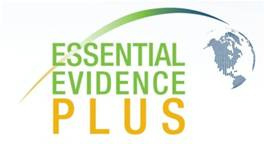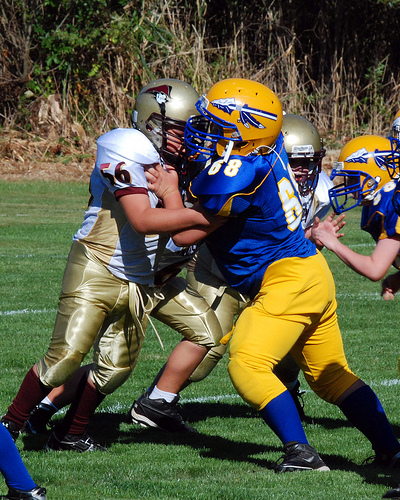
Source: essential-evidence-plus, Wiley Asia Blog, Flickr
If you have ever watched crime shows on television, you know about the importance of evidence. Often cases need to be thrown out or suspects released due to lack of evidence. These shows even have a saying: “It’s not what you know, it’s what you can prove.” The same goes for writing a persuasive essay. You can have a strong thesis statement that is argumentative and specific, but if the paragraphs that follow don’t provide sufficient support, your argument falls apart.
Your evidence in a persuasive essay are facts and illustrations that support your argument. Suppose you read a thesis designed to persuade the reader that “Pop Warner football is dangerous.” Stated in this way, the thesis statement is subjective. What I think is dangerous may not actually be all that dangerous. It is my opinion, and I am trying to persuade you of my point of view by making a compelling argument. You might say that there is no evidence to back up that claim. Fortunately, that is not true. Our evidence needs to be factual, but it does not need to be statistical. Let’s take a look at the following revised version of the thesis:
Pop Warner football is dangerous because many head injuries occur to young boys whose brains are still developing and are particularly susceptible to blows to the head.

Source: DSC_0306, predphan, Flikr
One piece of evidence I might use to back up the point that Pop Warner football is dangerous is a story about all the young boys I know who have suffered concussions while playing. I might use facts about the danger of head injuries in young boys. I might also find information that suggests that even though some head injuries don’t seem to be serious, there are instances where years later those head injuries have been the cause of serious health issues.
When evaluating evidence, you should ensure that every bit of support in your paper reflects the argument put forth by the thesis. One way to do this is to be sure that each paragraph has a main idea that reflects the thesis and that each piece of evidence you use in each paragraph supports the main idea of that paragraph.
Let’s take a look at the main idea of a paragraph in an essay arguing that saving money is a good habit.
No matter how much or how little money you make, you can’t afford not to save ten percent of your paycheck every month.
A few sentences that could support this statement are shown below. Read the list and consider which one would work best for the thesis above.
- Saving money is a good habit.
- Surprise expenses can hit at any time and are usually more urgent than expected expenses.
- You don’t make enough money to begin saving.
Let’s think about each statement. The first statement reinforces the main idea but doesn’t do anything to support it. This kind of sentence is called “filler” because it fills space without advancing the main argument. The second statement explains why saving is essential. The third statement actually argues the exact opposite of the main idea. The second sentence provides the best support.
In addition to illustrations and anecdotes that support your main idea, when you are trying to persuade a reader, use facts when you can. By facts, we mean numbers, statistics, and other information that can be measured. For example, here is another piece of evidence that backs up the writer’s assertion that saving small amounts adds up.

Source: Hundred dollar bill 01, Revisionweb, Wikimedia
If you make $100 a week, saving 10 dollars a week will yield $100 in 10 weeks. A new tire for most cars costs about that much, and when you can’t drive your car due to a damaged tire, you won’t be able to get to work!
This evidence backs up the writer’s claim that surprise expenses can be more urgent than expected expenses. Not having a working car will continue to cost you money if you can’t find another way to get to work.
Let’s practice evaluating evidence for a persuasive essay. The following example essay prompts you to choose the best phrase in several of its sentences. As you read, choose the best evidence offered by the pull-down menu. Select the answer that best supports the thesis of the essay.


Source: California - Santa Rosa: Charles M. Schulz Museum and Research Center - Crossword Linus, wallyg, Flickr
Speaking of gentle—you have now been guided through this revision process in a gentle, fun way. You know that thesis statements have to be argumentative and concise. You know that an essay must have evidence that is compelling to support your argument and persuade your readers.
With that in mind, go out there and write and don’t forget to revise!